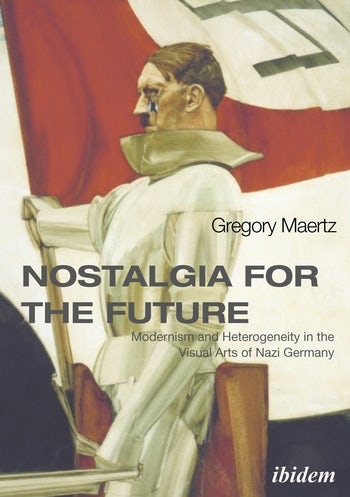By Gregory Maertz (NHC Fellow, 2008–09)

Stuttgart, Germany: Ibidem Press, 2019
From the publisher’s description:
From the early years of the Weimar Republic until the collapse of Hitler’s regime, demonizing modernist art as a symptom of the corruption of German culture was a standard trope in National Socialist propaganda. But how consistent and thorough was Nazi censorship of modernist artists? Maertz’s pioneering research unearths the persistence of recognizable modernist styles in painting and sculpture produced under the patronage of the Nazi Party and German government institutions, even after the infamous 1937 purge of “degenerate art” from state-funded museums.
In the first chapter on Hitler’s advocacy for “eugenic” figurative representation embodying Nazi nostalgia for lost Aryan racial perfection and the aspiration for the future perfection of the German Volk, and in the second chapter on the appropriation of Christian iconography in constructing symbols of a Nazi racial utopia, Maertz conclusively proves that the Nazi attack on modernism was inconsistent. In further chapters, demonstrating Baldur von Schirach’s heretical patronage of modernist art as the supreme Nazi Party authority in Vienna and the German military’s unlikely function as an incubator of modernist art, Maertz reveals that the sponsorship of modernist artists continued until the collapse of the regime. Also based on previously unexamined evidence, including 10,000 works of art confiscated by the U.S. Army, Maertz’s final chapter reconstructs the anarchic denazification and rehabilitation of German artists during the Allied occupation, which had unforeseen consequences for the postwar art world.
Subjects
Art / Art History / Censorship / Modern Art / Nazi Germany /Maertz, Gregory (NHC Fellow, 2008–09). Nostalgia for the Future: Modernism and Heterogeneity in the Visual Arts of Nazi Germany. Stuttgart, Germany: Ibidem Press, 2019.